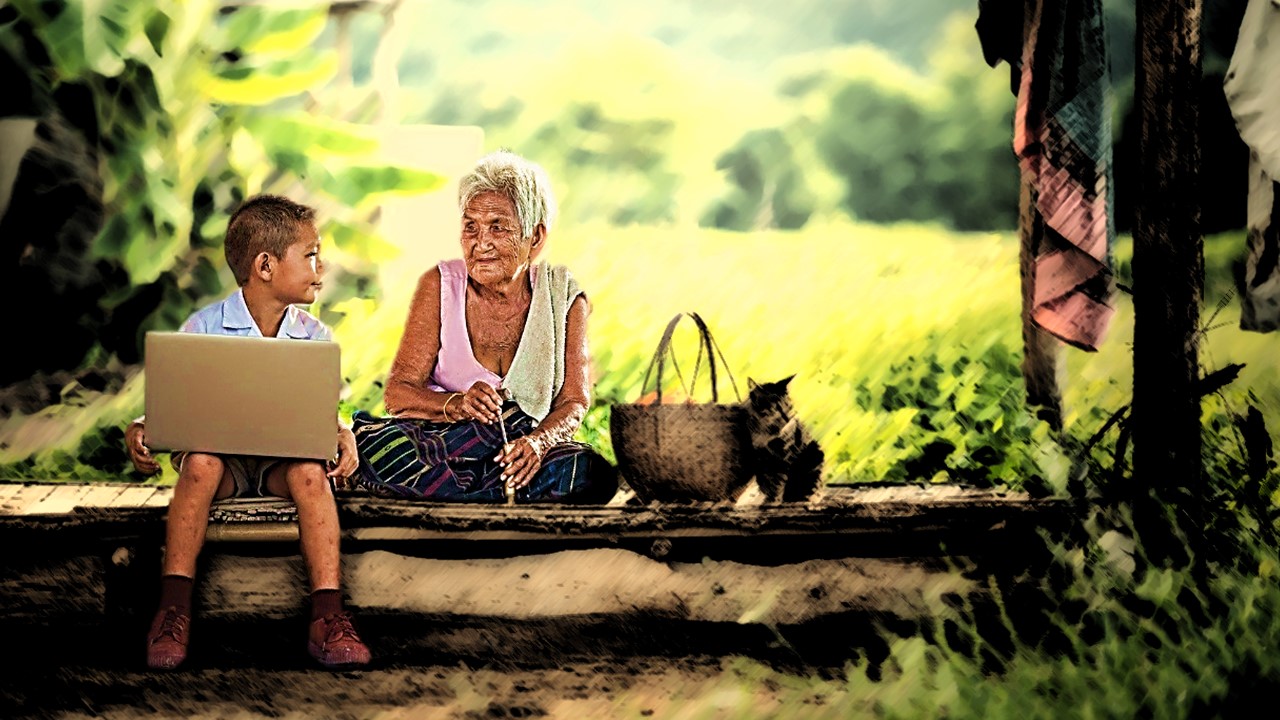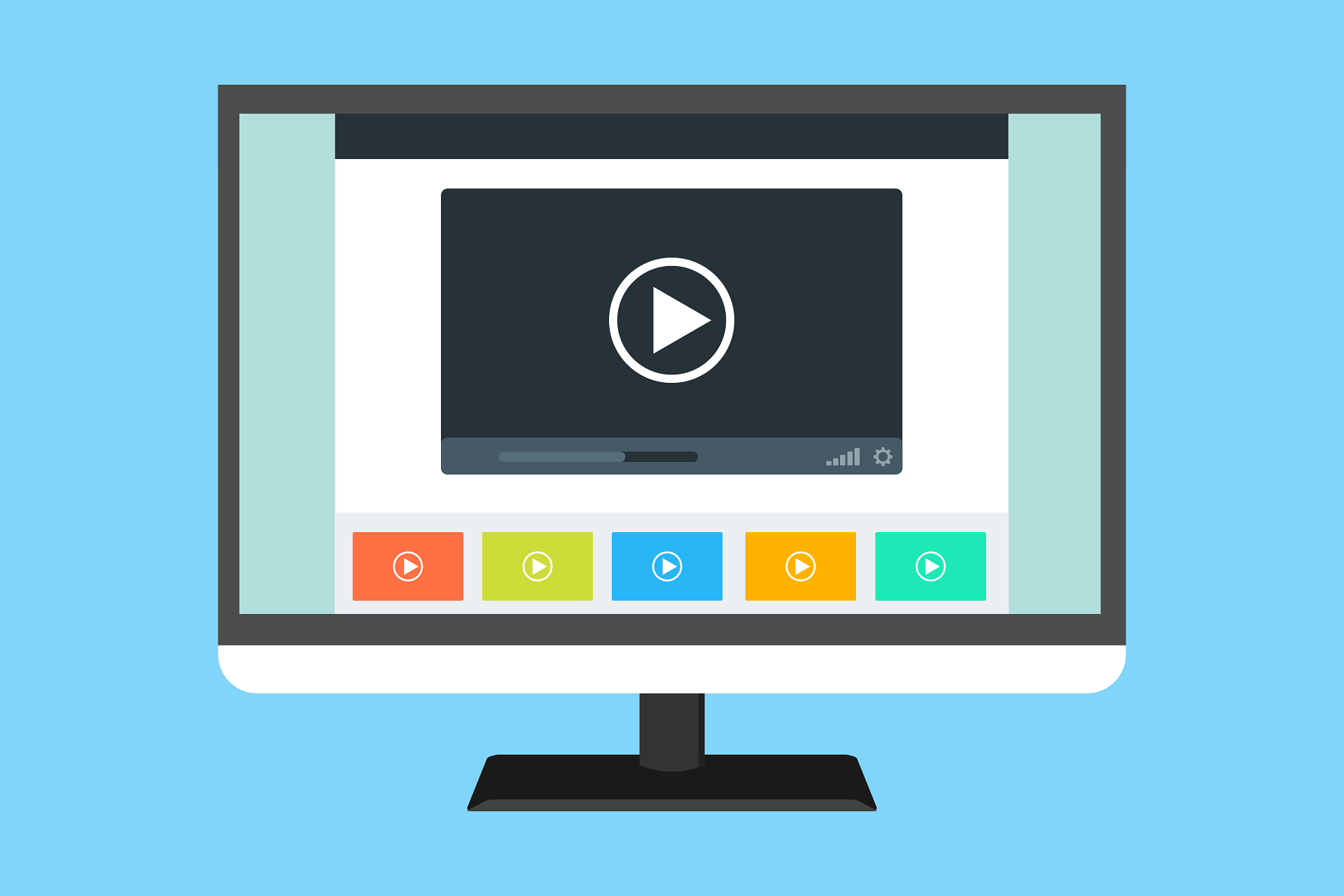‘Communicating independence’ or ‘independently communicating’, that is the question - IOE
For many of us, working in the field of evaluation, the construct of ‘independence’ lies at the heart of what we do. Independence permeates our work, subsuming freedom and rigour, infusing impartiality, neutrality and unbiasedness into investigative methods, paving the way to useful, constructive and learning-oriented reports and recommendations. I ask myself, though, how does all this translate into communication products and outreach materials, in practical terms?
We need to be clear. There is an unsubtle difference between communicating independence and independently communicating. We, the niche of evaluation communication specialists, may be tweeting about the latest report that our evaluation office has published, sharing excerpts on social media, and cross-posting soundbites across blogs, podcasts and the like. Does this really mean that we are exercising the same independence that our colleagues exercised when they drafted the report? No way.
What we communicate and the way in which we do so are two completely different things. Let’s cut to the chase. Posting information about a report that was written in an independent fashion adds up to nothing more than communicating independence, i.e. we are telling people that a report has been published in observance with independence criteria. As for us, we are likely channelling this information through corporately owned outreach channels, using cookie-cutter media solutions, adopting predefined templates, abiding to standardized communication guidelines – and are maybe even subject to external vetting. I don’t know about you, but that doesn’t sound much like independence to me.
Make no mistake, this is no trivial matter. The credibility of our offices’ work is at stake. Are independence and transparency perhaps not synergistic? Indeed, they are. “Independent evaluation supports learning to improve transparency and accountability”, affirmed Dr Indran A. Naidoo, Director of the Independent Office of Evaluation of IFAD (IOE), in the preface to the second edition of Independent Magazine [here]. However, our ability to leverage independence to improve transparency is debatable – at best – if we are constrained in the shape and form that our outreach products take.
If we are to leverage independence to improve transparency, then we need to ask ourselves if we are in a position to independently communicate. It’s quite simple. We need to look at the extent to which we are able to decide how our content is presented, packaged, posted, shared and disseminated. Last year, we at IOE did just that.
Lo and behold, our strategic communications assessment found that a lack of autonomous ownership was affecting the brand awareness that needed to be associated with the independent nature of our office. This, in turn, hindered our levels of stakeholder engagement by hurting our transparency. In simple terms, from a communications standpoint, the claim that IOE maintained full intellectual independence was partially skewed by the fact that its major outputs were almost exclusively accessible only through IFAD’s corporate gateways. Clearly, something needed to change – and it did, big time.
Over the past twelve months, IOE has re-positioned its brand identity. A cohort of new communication resources now define the office’s visual persona, embodying its independent stature tout court. Two products best reflect this newfound ability to independently communicate: IOE’s website and its Independent Magazine.
Written, graphically designed, managed and published entirely in-house, Independent Magazine has ratcheted-up an audience of over 8,500 people across 83 countries – this, with its first two editions alone. Arguably, merit of an unconventional approach to independently communicating evaluations.
Independent Magazine brings to the forefront of the global development dialogue the major efforts undertaken by IOE, while seeking to advance IFAD’s vision of vibrant, inclusive and sustainable rural economies, where people live free from poverty and hunger. As IOE’s flagship communication product, Independent Magazine embodies the Office’s re-envisioned focus on multilateral strategic engagement, permeating international fora and global evaluation networks such as the United Nations Evaluation Group (UNEG), the Evaluation Cooperation Group (ECG) and the Global Evaluation Initiative (GEI). To present the richness of rural life, and detail facets of local community lifestyle, Independent Magazine also zooms in on cultural activities and landmark occurrences in countries featured by IOE’s evaluations.
The Magazine’s impact has been bolstered by the launch of IOE’s first fully independent website. The website, for which the Office maintains full intellectual ownership, is structured to best meet the specific needs of IOE, with the adoption of dynamic functionalities that maximize opportunities for user engagement and ensure an intuitive, easy navigation experience. The platform adopts a strong visual identity that ensures continuity with IFAD’s image whilst providing scope for a clear, coherent and visually independent brand image. Most importantly, the website speaks to the core of what our users look for. This means that messages are tailored and products customized. For us, cookie cutter solutions are a thing of the past.
Through the website, the magazine and the assortment of new products, we are building safe spaces for user interaction, which invite our stakeholders to continuously reach out to us in a dynamic, spontaneous and organic fashion. Exciting opportunities for a more personal connection between our Office and the people we serve are burgeoning.
Admittedly, since “beauty is in the eye of the beholder”, the fact that we have drawn inspiration from some of the most innovative and graphically appealing visual solutions adopted by award-winning designers is helping to drawn people in. ‘Clean, crisp, fresh and modern’ is what people are looking for – and that’s exactly what we are striving to give them. However, fancy layouts fall short of capturing the results that we are beginning to enjoy.
Credibility dictates the impact of all our communication efforts. If we are credible, stakeholders are inclined to listen-up and give credit to what we have to say. It is then – and only then – that we achieve genuine engagement and, consequently, buy-in. It’s all about transparency. The ability to independently communicate lies at the heart of this construct. That’s what’s driving our credibility. That’s the game changer.


